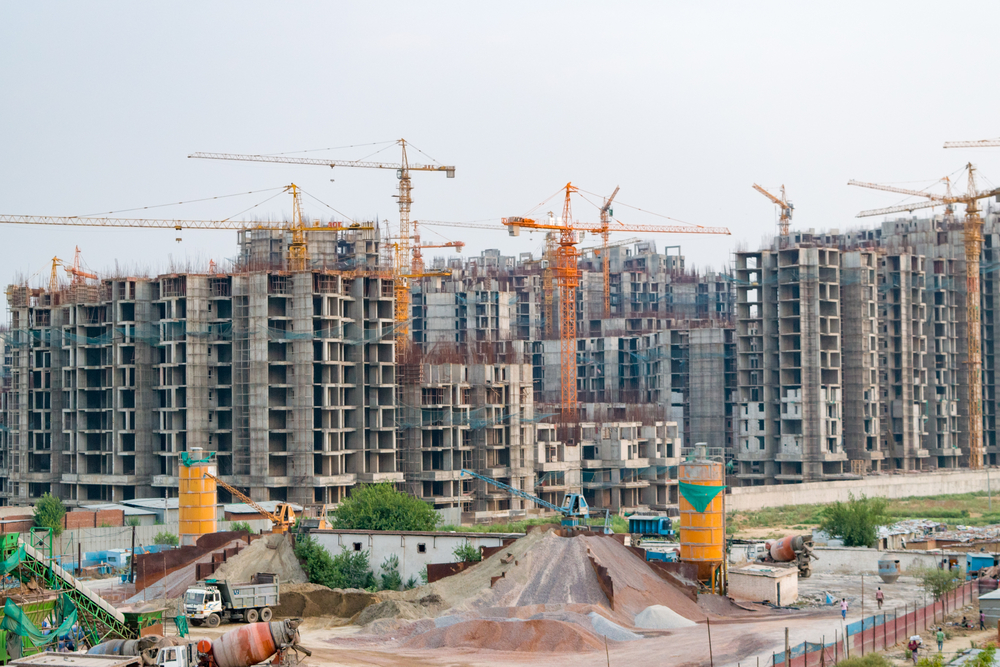The construction sector will have to rely on high government spending in roads, railways, airports and urban infrastructure to expand the order book amid working capital stress and liquidity pressure.
“There is optimism in spite of the current sluggishness of the economy. We believe that in the coming quarters, there will be an uptake in orders and it will open up possibilities for all players in the sector. Our optimism is fuelled by the government’s efforts in trying to revive the infrastructure sector across the country, not only by pumping in money but also through policy changes,” said Rakesh Kumar Bhutoria, CEO, Srei Infrastructure Finance.
“In the current financial year, we have witnessed a slowdown in the tendering and awarding of projects of NHAI. We expect projects’ tendering and awarding to gather pace in another three to four months,” said Satish Parakh, managing director of Ashoka Buildcon.
According to credit rating agency Icra, as the government plans to more than double its investment in infrastructure to about Rs 100 lakh crore over the next five years, construction companies are likely to witness opportunities in key segments such as highways, railways, ports, urban infrastructure and airport.
“Icra expects new order inflows for construction companies to improve in calendar year 2020. However, delays in land acquisition, funding issues and state government priorities remain key risks to new order inflows. The order inflows from non-infrastructure segments such as industrial and real estate (excluding affordable housing segment) is expected to remain muted, with weak private sector capex growth,” Icra said in its report.
As for financial health, operating profitability is expected to remain stable with the benefits of benign inflation and steady execution; though this would also be dependent on any steep variation in key raw-material and labour cost. However, the capex and working capital requirement could absorb most of the cash accruals, the report added.
Icra said while the overall credit profile of construction companies has improved in the last couple of years, many players in the sector still remain highly leveraged and their liquidity pressure is likely to persist in the short term as the lenders remain cautious towards the infrastructure/construction sectors. But the ability to raise funds via stake sale in its subsidiaries, monetisation of assets or dilution of equity will be key factors in improving liquidity.











